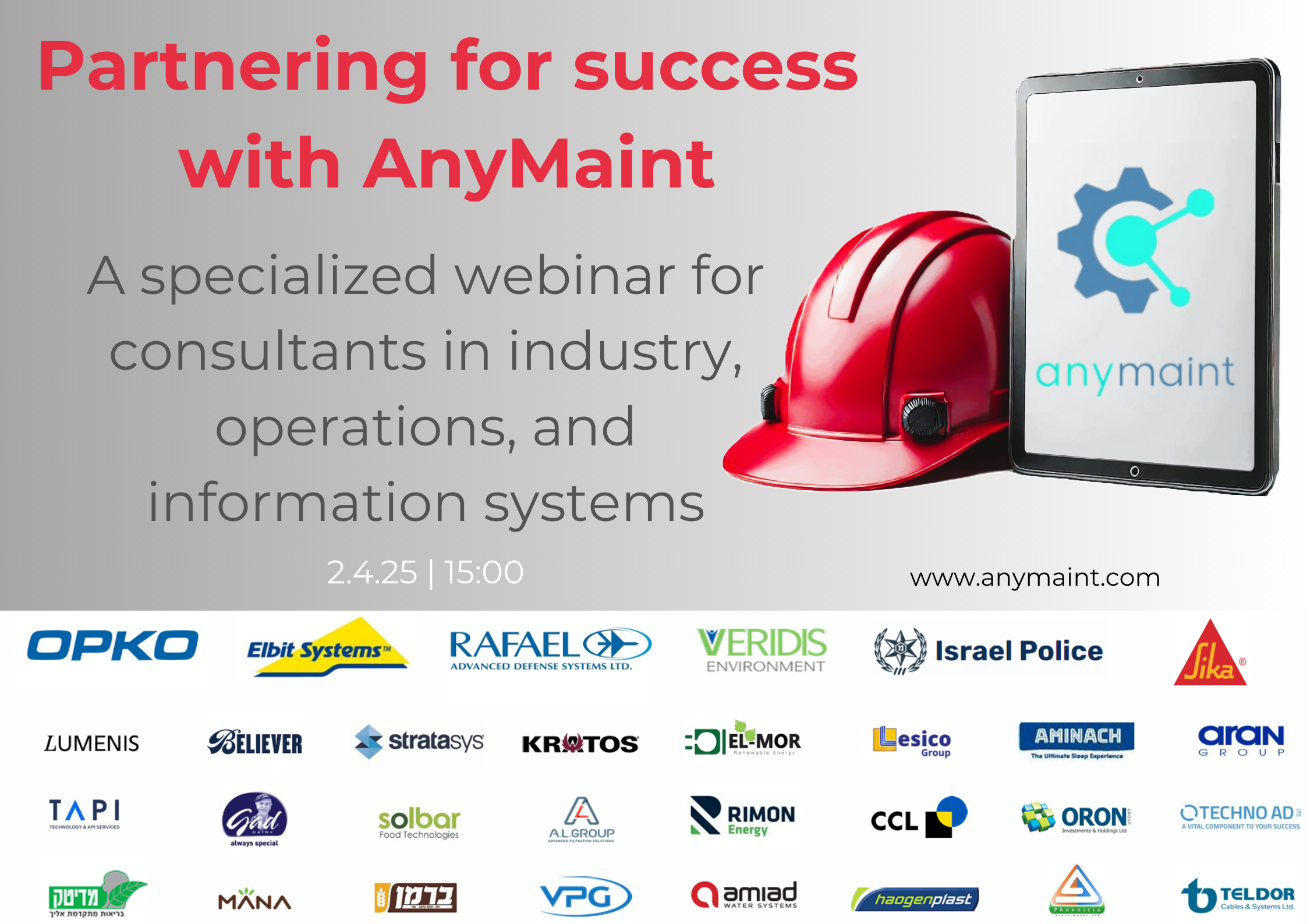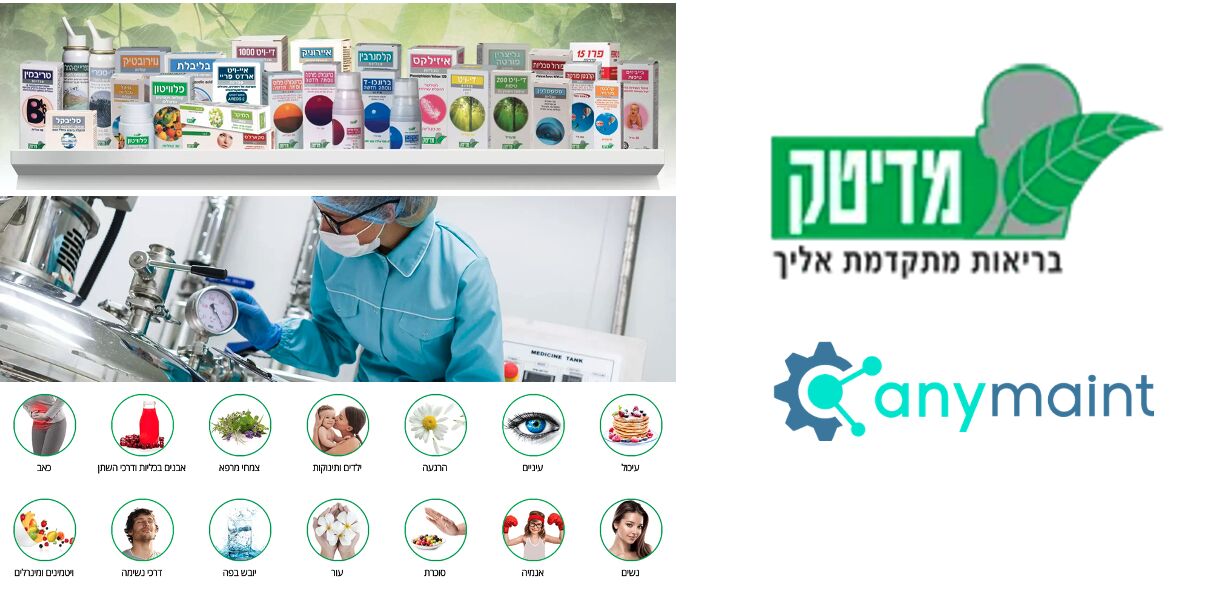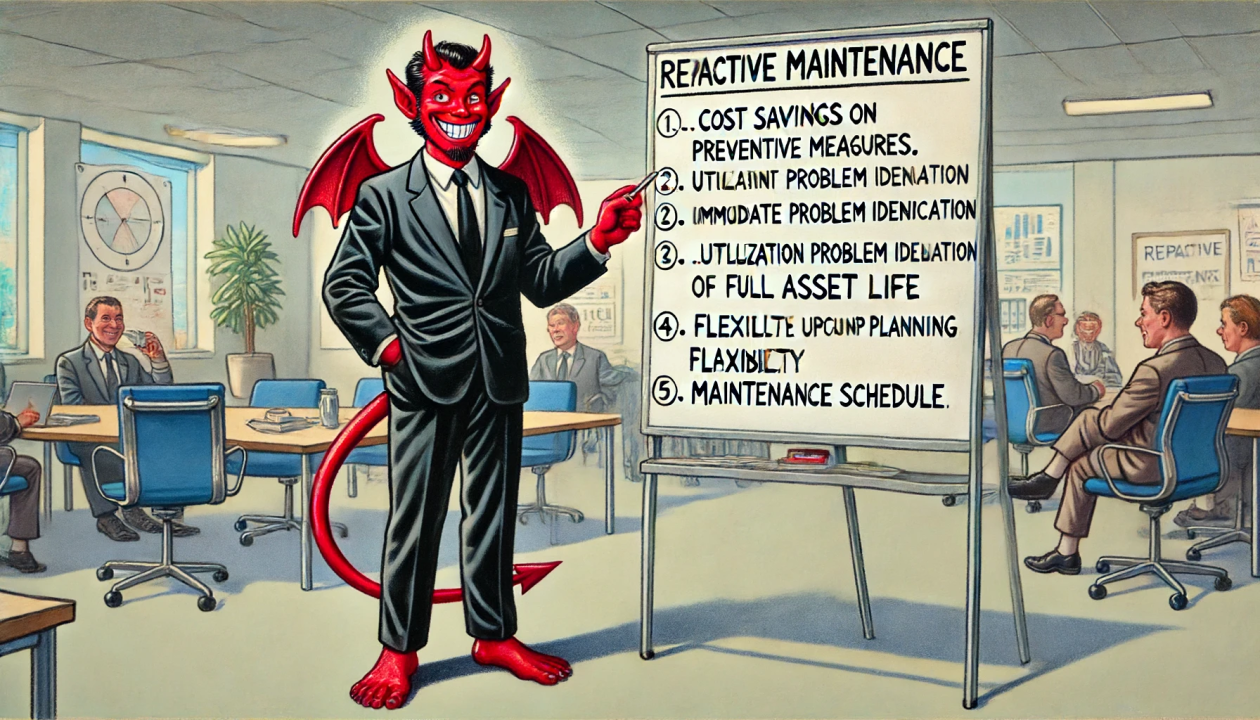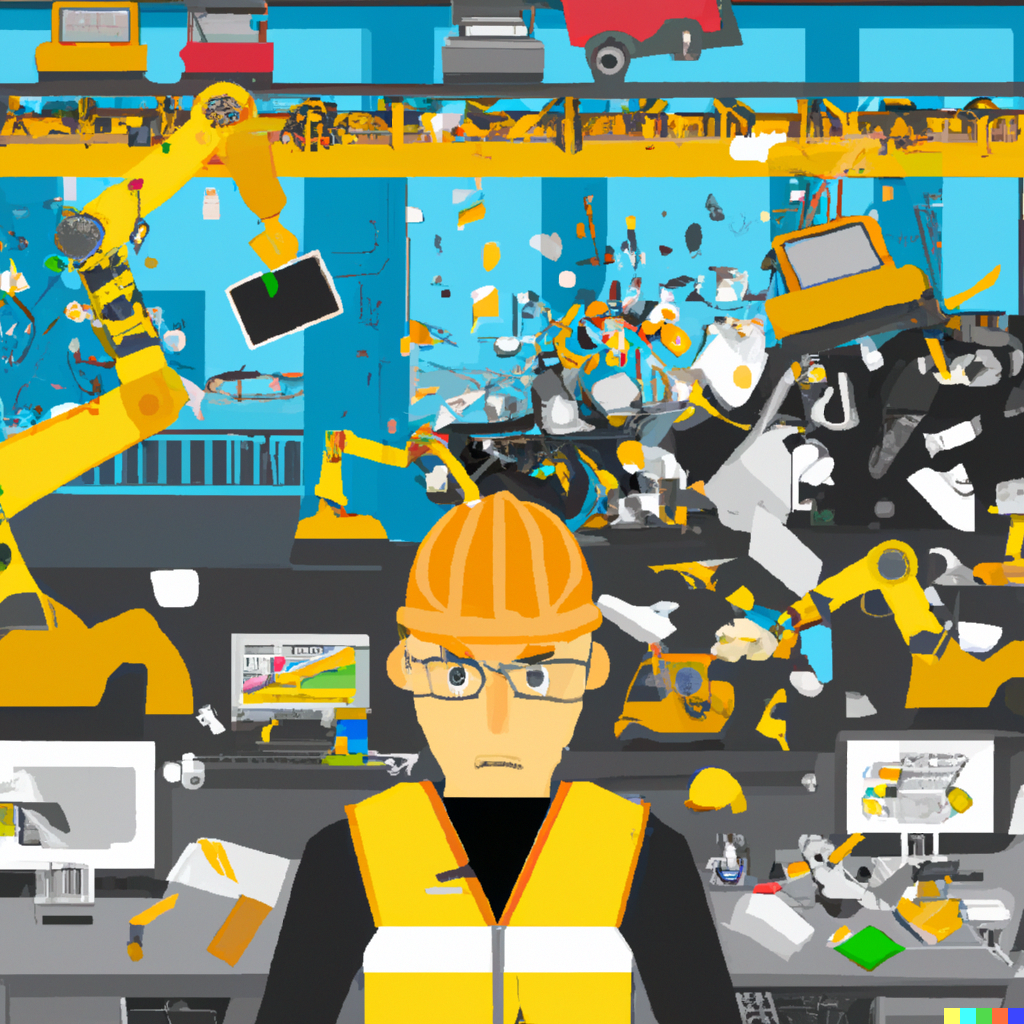The MTBF and MTTR Paradox:
Why These Key Maintenance Metrics Don’t Tell the Whole Story
When it comes to maintenance management, MTBF (Mean Time Between Failures) and MTTR (Mean Time To Repair) are among the most widely tracked performance indicators. In almost every CMMS or EAM system, these two metrics sit front and center in reports and dashboards.
The logic seems straightforward:
- A higher MTBF suggests equipment is more reliable.
- A lower MTTR indicates that the maintenance team is efficient and responsive.
But in the real world, these metrics can sometimes tell a misleading—or even contradictory—story.
When Metrics Conflict: A Real-World Scenario
Imagine this: a particular machine begins to fail more frequently. As a result, the MTBF decreases.
However, the maintenance team becomes highly familiar with the issue and develops a quick fix. The MTTR improves.
So, what’s really going on?
- MTBF ↓ – Equipment is less reliable.
- MTTR ↓ – Repairs are faster and more efficient.
At first glance, one metric signals a problem, while the other suggests improvement. But in reality, this may be a case of recurring failures masked by operational efficiency. The underlying issue remains unresolved.
The Problem with Isolated Metrics
The core problem lies in evaluating MTBF and MTTR in isolation.
Without proper context, they can create a false sense of progress—or hide emerging risks.
For example:
- Fast repairs (low MTTR) might just mean the same issue is happening repeatedly.
- Long intervals between failures (high MTBF) might result from under-reporting of minor faults or gaps in the data.
Without a holistic view, you’re looking at numbers—not insight.
How to Analyze MTBF and MTTR Effectively
To gain meaningful insights from your EAM or CMMS software, MTBF and MTTR need to be part of a broader, data-driven approach.
Here are four essential best practices:
✅ Track trends, not just snapshots
Look at how MTBF and MTTR evolve over time, not just single values. Long-term trends reveal much more than isolated incidents.
✅ Correlate failure types with repair times
Are fast repairs associated with recurring issues? Are longer repairs tied to complex or systemic failures?
✅ Add qualitative context
Combine MTBF/MTTR with root cause analysis, failure codes, and technician notes to uncover patterns.
✅ Integrate across operations
Maintenance data doesn’t exist in a vacuum. Connect insights from your CMMS or EAM to production, quality, and safety data for a full operational picture.
Why Smart Maintenance Teams Use Advanced CMMS Tools
Modern CMMS (Computerized Maintenance Management Systems) and EAM (Enterprise Asset Management) platforms don’t just collect data—they help you analyze and act on it.
The right system will:
- Detect hidden trends in MTBF and MTTR
- Identify recurring failure patterns early
- Help prioritize preventive maintenance based on real impact
- Provide visibility across maintenance, operations, and leadership
At AnyMaint, we help industrial organizations go beyond basic metrics to uncover the real story behind their maintenance data. We combine technical KPIs with smart workflows and root-cause insights—so teams can prevent unplanned downtime and make better, faster decisions.
Conclusion: Metrics Are a Starting Point, Not the Full Picture
MTBF and MTTR are essential KPIs, but they’re just the tip of the iceberg. When used correctly, they can inform strategy. When taken at face value, they can mislead.
A powerful CMMS or EAM system will provide more than just numbers—it will surface meaningful insights, expose risks, and drive continuous improvement across your operation.
Want to learn more?
Let us show you how AnyMaint analyzes MTBF and MTTR trends to reduce downtime and optimize decision-making.
📩 Contact us today to schedule a personalized demo.
















